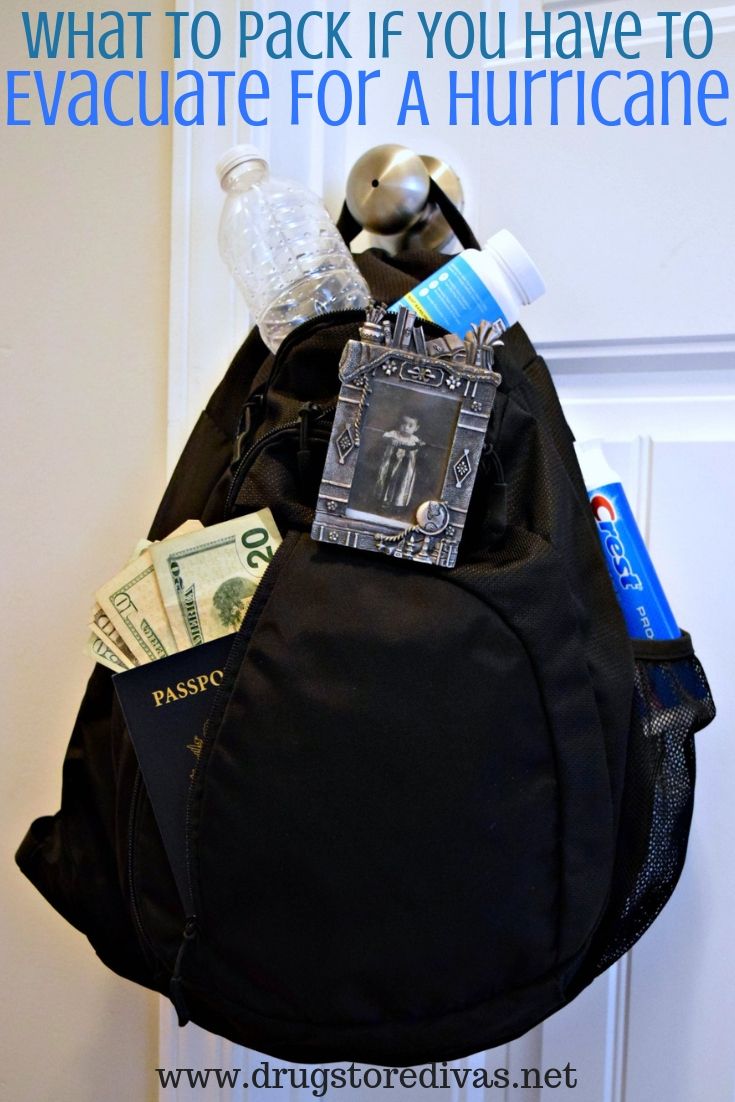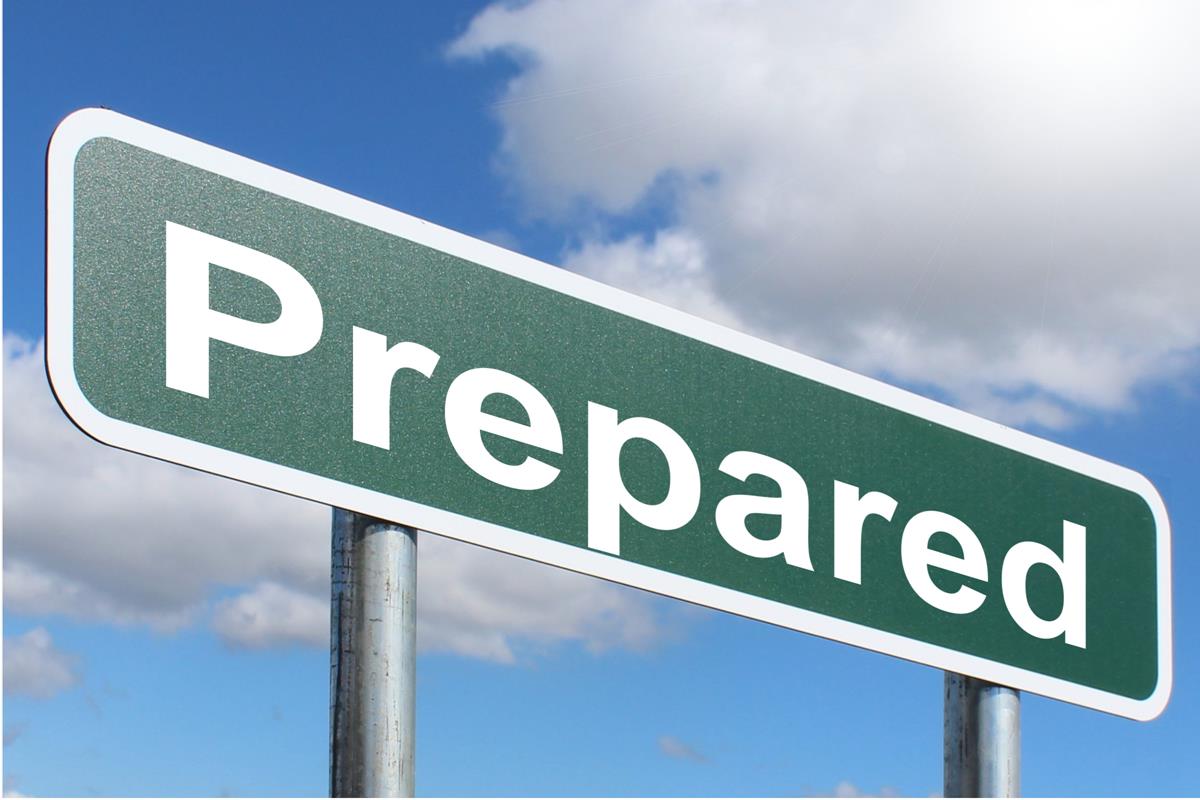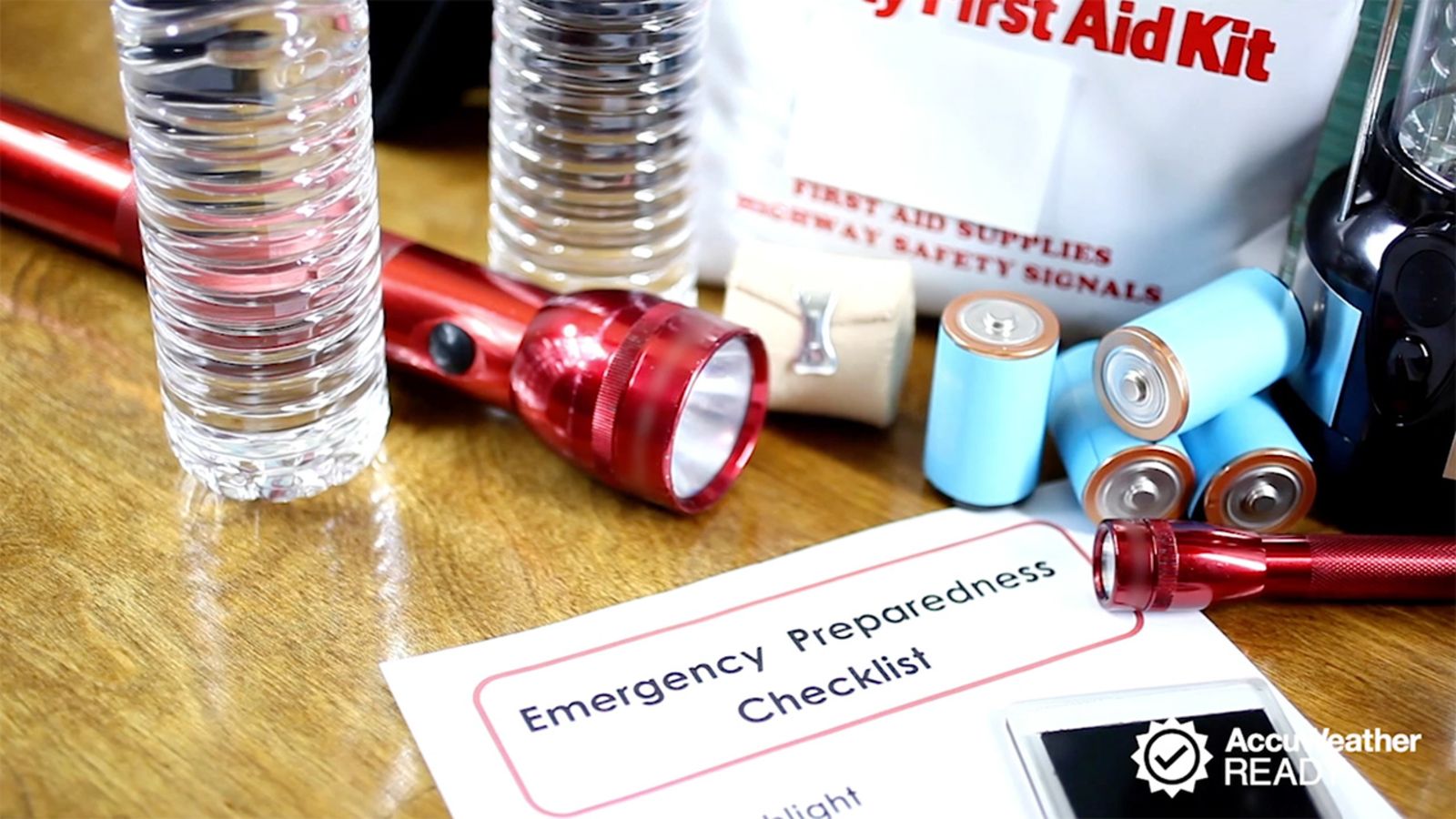Skip to content - Develop a Plan:
- Create a comprehensive plan that addresses various scenarios and includes emergency contacts, evacuation routes, and meeting points.
- Outline responsibilities and tasks for each family member or member of your preparedness group.
- Regularly review and update your plan to ensure it remains relevant and effective.
- Stockpile Supplies:
- Gather food, water, and other necessities for at least 72 hours, but aim for a longer-term supply if possible.
- Choose foods that are non-perishable, easy to prepare, and high in calories.
- Store water in sealed containers and ensure access to safe drinking water during emergencies.
- Obtain other essential supplies such as first aid kits, medications, sanitation items, and batteries.
- Secure Your Home:
- Reinforce your home’s structure to withstand potential disasters such as earthquakes or hurricanes.
- Secure windows and doors with shutters or plywood coverings.
- Consider installing a generator or solar panels to ensure access to electricity during power outages.
- Practice Self-Reliance:
- Develop skills such as gardening, cooking from scratch, and basic first aid.
- Learn how to purify water, build a shelter, and navigate using maps and a compass.
- Practice these skills regularly to enhance your preparedness.
- Stay Informed:
- Stay updated on weather forecasts, emergency alerts, and local news.
- Invest in a weather radio or scanner to receive real-time emergency information.
- Follow reliable social media accounts or apps to stay informed during disasters.
- Maintain Communication:
- Establish a communication plan with family members and loved ones.
- Designate an out-of-town contact who can relay information during emergencies.
- Consider using satellite phones or two-way radios for communication in remote areas or during power outages.
- Consider Evacuation:
- Be prepared to evacuate to a designated shelter or safer location if necessary.
- Pack an evacuation bag with essential items like food, water, clothing, and medications.
- Stay informed about evacuation routes and procedures in your community.
- Practice Preparedness Drills:
- Conduct regular preparedness drills with your family or group to familiarize everyone with the plan and emergency procedures.
- Simulate different scenarios and adapt your plan based on lessons learned from these drills.
- Evaluate the effectiveness of your preparedness measures and make necessary adjustments.
- Stay Calm and Positive:
- Remain calm during emergencies and follow your plan.
- Stay positive and focused on the safety and well-being of yourself and your loved ones.
- Support others in need and work together to overcome challenges.










